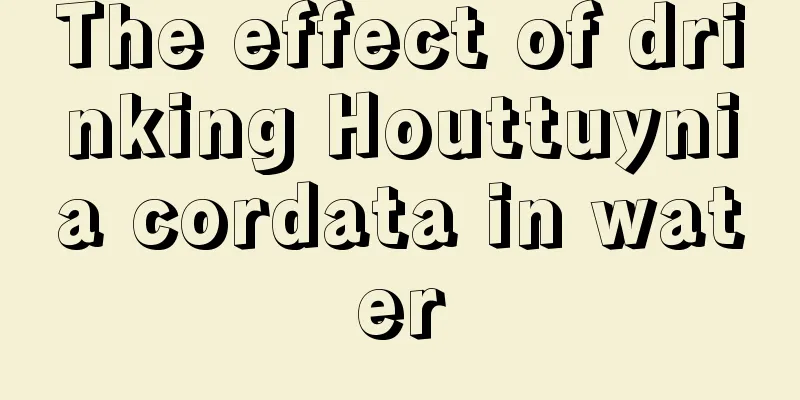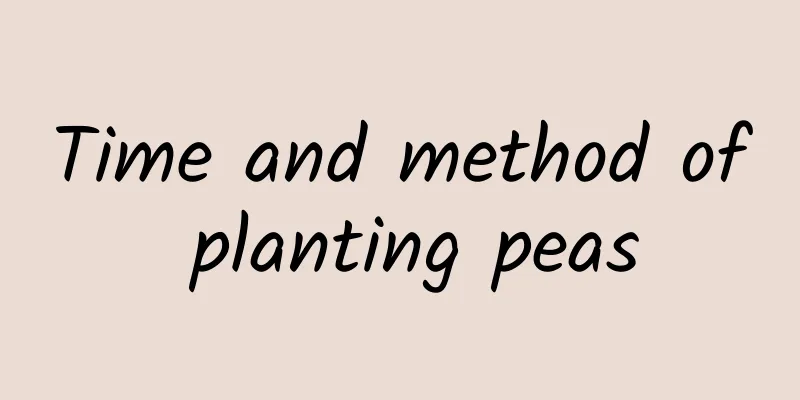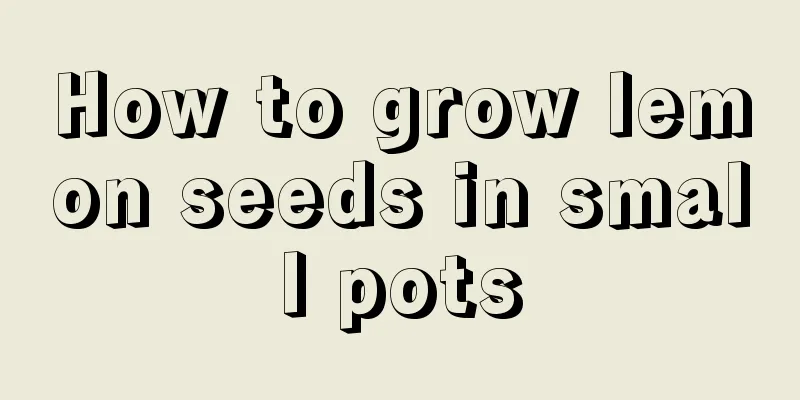How to dwarf potted jujube trees? Dwarfing and pruning techniques for jujube trees

|
By combining bonsai technology with jujube dwarfing cultivation technology, you can create edible ornamental jujube bonsai with various shapes and colors. Nowadays, urban greening is becoming more and more developed, and ornamental jujube bonsai is no longer common, and has a broad industrialization prospect. Its production and cultivation are not complicated, and it is worth trying for home greening enthusiasts. Dwarfing cultivation of potted jujube trees1. Nutrient soil Choose 4 parts of soil and 4 parts of decomposed organic fertilizer, mix 2 parts evenly, spray into potassium permanganate solution, cover with plastic film, and it can be used after 1 week. Flower pots and ceramic pots are the best planting containers. Choose one-year-old grafted seedlings with a height of more than 50 cm, well-developed root system, many fibrous roots, even branches, good tree shape, and are conducive to the cultivation of bonsai. Cut off the excess fibrous roots and injured roots of the jujube seedlings, cut off the diseased roots, place them in the center of the pot, fill them with nutrient soil, water them thoroughly, and cover the pot mouth with a film. 2. Pruning After planting, keep the main trunk 30-40 cm high and divide it into 3-4 main branches. Select 2-3 secondary branches for each main branch, and add appropriate secondary branches. The pruning of ornamental jujube is mainly concentrated in early winter and early summer. Winter pruning is done after the leaves fall, and the extension branches should be cut short and the fruiting branches should be retracted. Summer pruning is mainly to remove the excessive jujube heads, and the branches left for shaping need to be appropriately pinched according to the size. The crown growth is controlled by ring barking, twisting, and pulling to achieve dwarfing. 3. Water and fertilizer When flowering, often spray water at noon to maintain humidity, which has the effect of protecting flowers and fruits. One month before flowering and during the young fruit stage, the pot soil should be kept slightly moist. Ornamental dates have high nutritional requirements. In addition to applying some organic fertilizers during planting, you should also apply decomposed organic fertilizers in winter every year or when repotting. Use decomposed organic fertilizers during the growing season, generally before flowering and during the fruit expansion period. How to prune jujube trees1. Promote first and control later Pre-promotion: Before the growing season (1-2 years), the jujubes grow as fast as possible to form a canopy. Post-control: After the canopy is basically formed (3 years later), crown control measures are used to control the expansion of the canopy and promote fruiting. 2. Block and put down Blocking: Use pinching-pinching and other methods to control the height growth of the canopy, that is, the crown height is controlled at about 2-2.5 meters. Putting down: While the jujube tree is bearing fruit, take measures such as short pruning to promote the jujube tree to bud. 3. Support branches At maturity, for branches with a small base angle and suitable orientation, use wooden sticks to support the branches to the ideal angle. 4. Pull branches Use a thread or a wire to tie the useful branches to a certain angle and direction. 5. Circumcision Use scissors to scrape off the ring-shaped branches on the main branch 1 cm above the main bud, and go deep into the wood to make the main bud germinate and grow. 6. Bundling Tie the main trunk with wire 1 cm above the main bud, allowing the wire to penetrate into the phloem and deep into the xylem. Remove the wire in time after budding to prevent it from being strangled or breaking the trunk. 7. Wipe the buds During the germination or growth period of the jujube tree, useless young shoots can be wiped off. This can be done several times a year, and the shoots must be removed as the budding rate increases. 8. Picking When the jujube grows to a certain length, the tip of the jujube is removed. The degree of pinching depends on the growth strength and size of the jujube head. Generally, pinching is strong if the growth is weak, pinching is light if the growth is strong, and pinching is light if there is large space. Leave 5-7 secondary branches. The degree of pinching depends on the growth strength and size of the jujube head. 9. Song When the new branch has a bad positioning angle, guide it to the required space before it becomes completely woody. 10. Twist the tip For new branches that have space for development but whose growth direction and angle are not ideal, twist them from the base with your hands when they are semi-lignified to bend them to the ideal direction and angle. |
<<: Solanaceae vegetables and their names What are the Solanaceae vegetables and fruits?
Recommend
Breeding methods and precautions of the King of Fortune
1. Soil The requirements of the King of Fortune f...
Phoenix breeding methods and precautions
The Phoenix is also called the Fallen Root Plan...
1 bowl of eggshells and 1 pound of tomatoes, the soil will immediately become fertile and 200 flowers will bloom!
Grab a handful of egg shells and throw them into ...
When is the best time to plant dahlias?
The right time to sow dahlias Dahlia belongs to t...
How to prune cactus
When to prune cactus It is best to prune cacti in...
How do yellow peel fruit seeds germinate? How long does it take for yellow peel fruit seeds to bear fruit?
Method for germination of yellow fruit seeds Step...
Hydroponic method of fortune tree
Steps to grow a fortune tree in water Pay attenti...
What fertilizer to use for Molan
Mo Lan's requirements for fertilizer are not ...
Is lotus easy to grow? How to care for it at home
1. Is it easy to raise? Lotus is also known as wa...
Things to note when repotting agave, when to repot agave
1. Notes on changing pots 1. Frequency of repotti...
Planting and Management of Dipsacus asper
Dipsacus asper is a perennial herb of the Dipsacu...
How to repot lavender? When to repot lavender?
1. Time to change pots The time to repot lavender...
How to plant Weigela in a pot
1. Time The germination power is stronger in spri...
What flowers are suitable for growing in Wuhai? What are the city flowers and trees?
1. Climate characteristics of Wuhai Wuhai has a t...
How to make bonsai of Araucaria
Preliminary preparation When choosing Araucaria, ...









